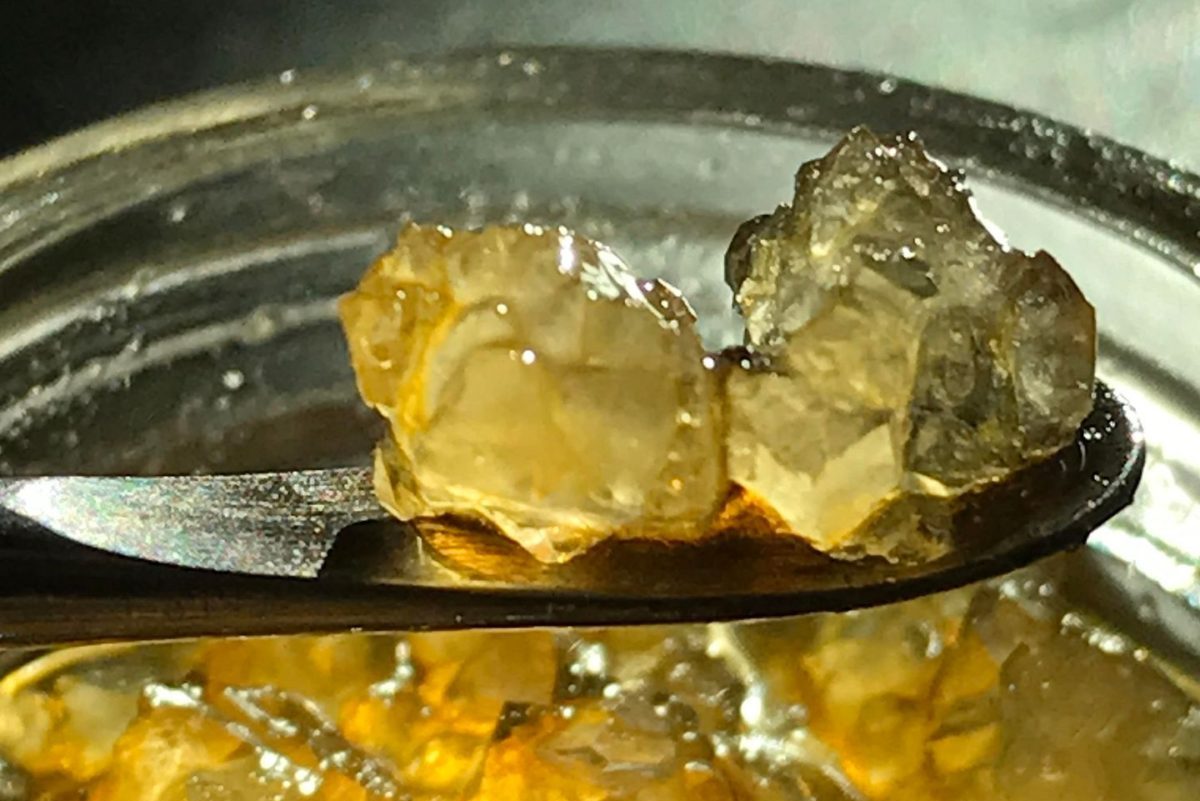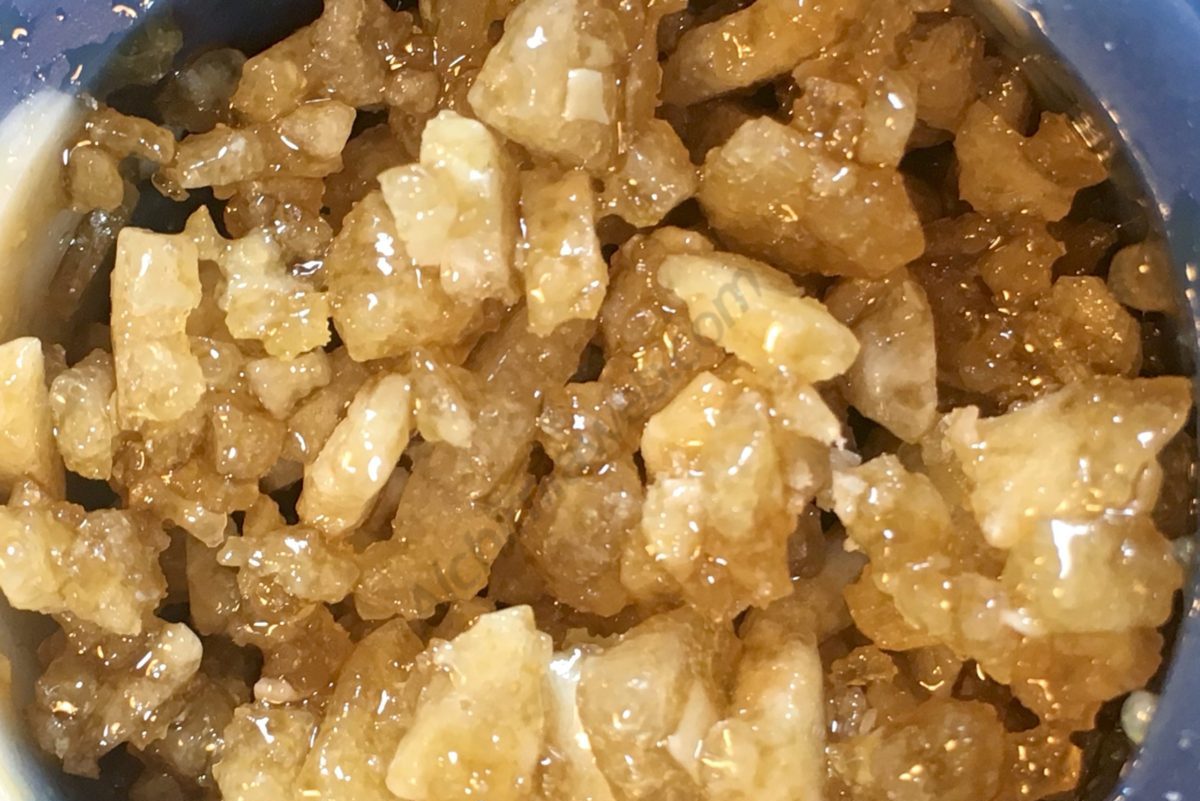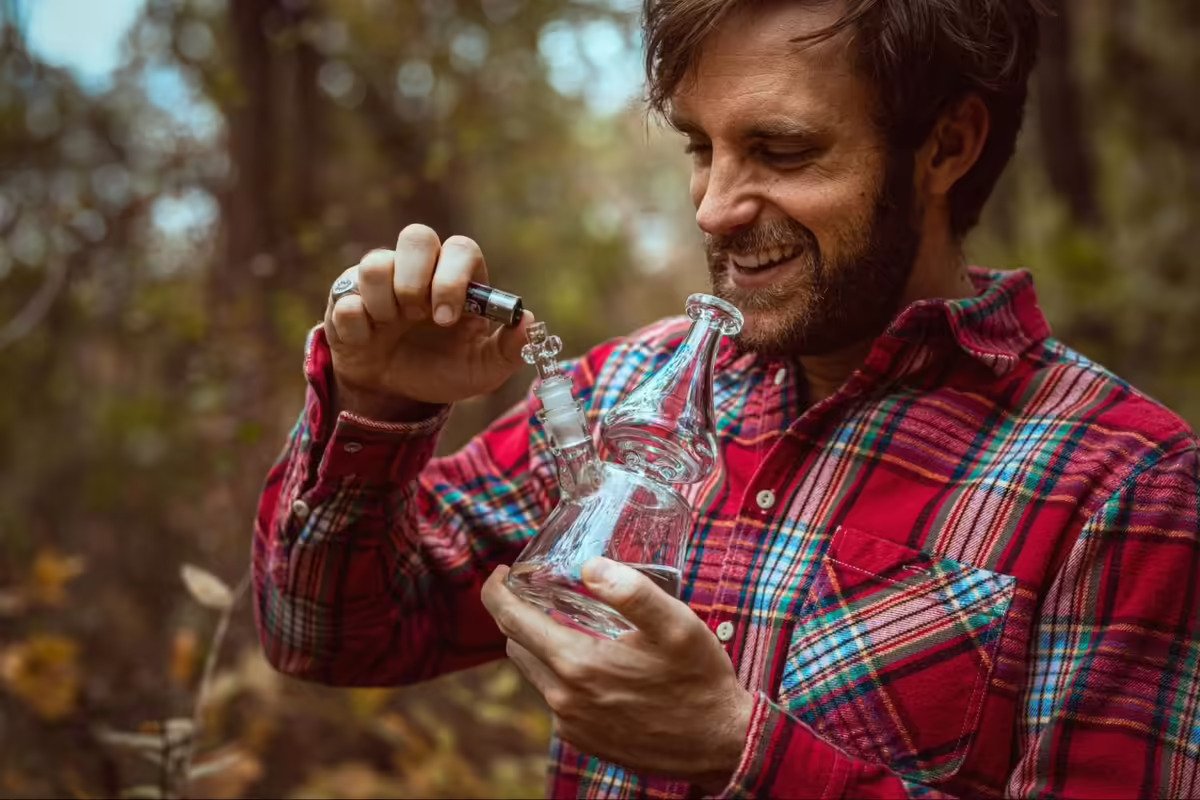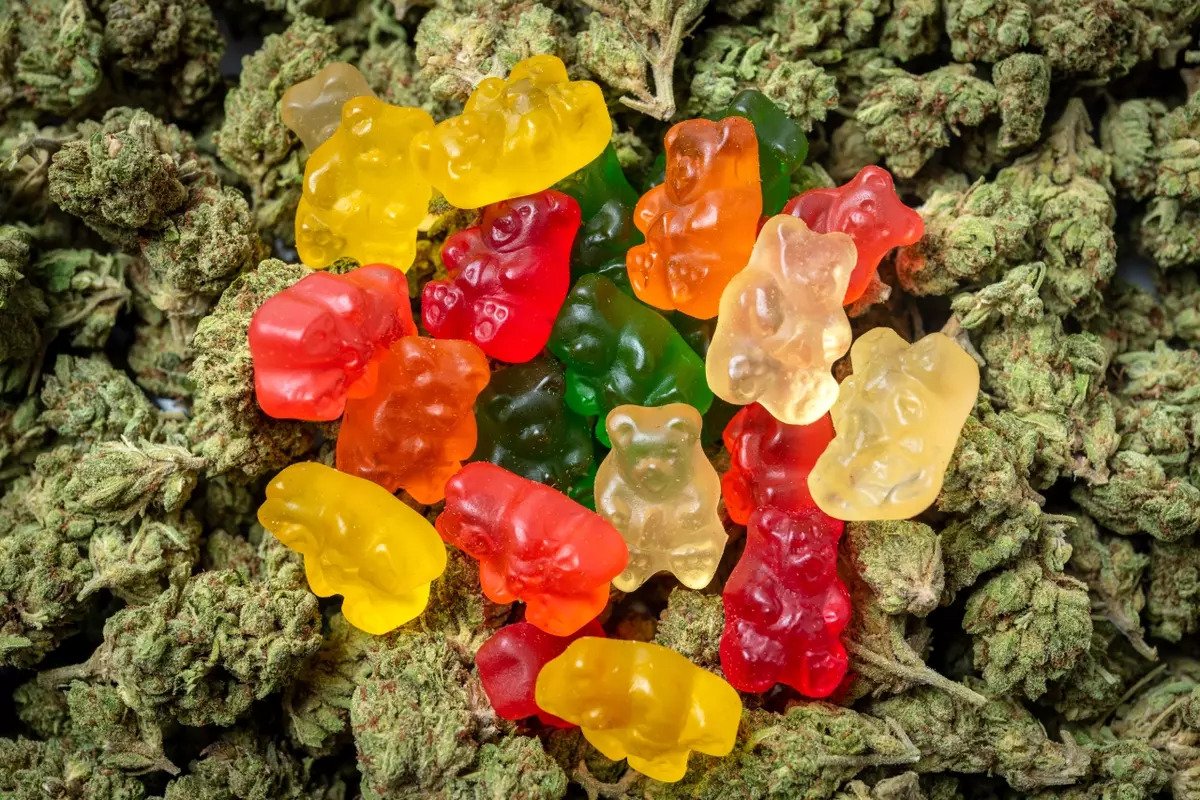THC crystals, aka diamonds, are gaining attention and increasing popularity with cannabis enthusiasts due to their potency and purity. These crystals are the raw form of THC, the cannabis flower‘s most intoxicating compound.
Aside from buying diamonds, it is possible to make your own.
More About the THCA Crystals
Cannabis plants convert CBGa to THCA, and most cannabinoids, including THC and CBD, begin as cannabinoid acids.
Heat is required to decarboxylate THCA into THC, which attaches to the body’s cannabinoid receptors and causes intoxication.
THCA crystalline is most frequently used in dab rigs, but it can also be grounded into powder and combined with other delivery systems like wax, shatter, terp sauce, or even a joint.
But, it’s important to remember that THCA crystals undergo decarboxylation and transform into THC when heated. It’s advised to employ a solventless procedure for at-home extraction and to leave the process of creating THCA crystals to skilled cannabis extractors.

Making THCA Crystals
Using the solventless approach, you’ll need a rosin press to make THCA crystals.
Cannabis flowers should first be placed inside a rosin filter bag, covered with parchment paper, and put into the press.
The press uses heat and pressure to compress the trichomes and produce rosin.
Put the rosin back into a filter bag lined with parchment paper and press it once more until it has cooled and assumed the consistency of wax or butter.
To prevent decarboxylation, gradually raise the pressure over a few minutes, and heat the mixture to a maximum of about 210 F (99 C).
To make a block of THCA crystals that are white or pale yellow, repeat this method several times.
The remaining impurities are separated using rotary evaporation and chromatography until only pure THCA is left.
Another phrase that describes the process of crystallizing THCA from a cannabinoid- and terpene-rich oil or sauce is “diamond mining.” When low heat and pressure are applied, THCA crystals are created and separate from the solution.
The THCA crystals can be separated by pouring off the cannabinoid and terpene-rich oil. Typically, hydrocarbon extract is used in this method.




